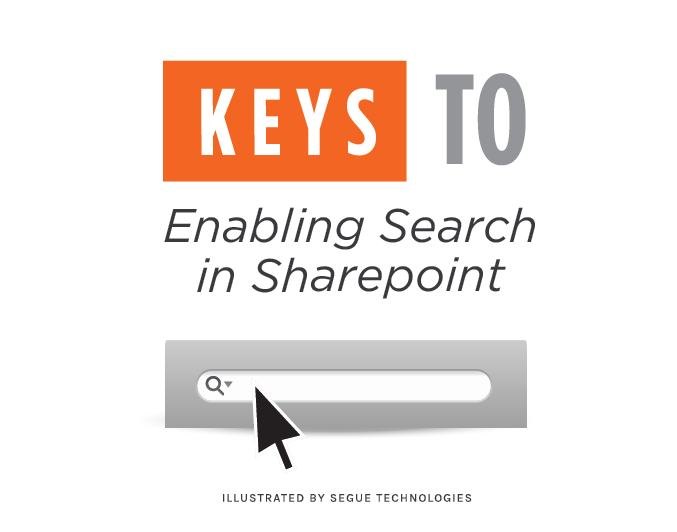All popular features in the leading search engines require metadata, or “data about data.” For example, all search navigators, results ordering, and core relevancy algorithms are affected by metadata. Search tools like Google or Bing use metadata to greatly enhance the way that users can search for files and refine the results.

Creating and managing metadata accurately and efficiently is a key aspect of successful search engine implementations. When SharePoint users are concerned about the relevance of search results, metadata tagging is the answer to that problem. So what makes metadata so important? The answer is simple: if we did not have metadata, we would have no way to describe, search for, or differentiate any of our SharePoint documents.
Sharepoint Scalability
The scalability of SharePoint allows for multiple document libraries, which is a much better approach than one library with hundreds of folders, some going seven tiers or more deep. SharePoint’s search algorithm considers URL depth, which is how far a document is from the root or top level. Create architecture for your site that allows you to distribute documents throughout the hierarchy based on importance, with the most critical documents at the top and the least important ones at lower levels. In addition, the way that security measures work with multiple libraries is that those who do not have access to the library do not see that library. This keeps the User Interface (UI) cleaner for most users. Lastly, when document management is done well, people can easily weigh how quickly they want to save with how quickly they need to be able to retrieve the items later.
If you give SharePoint users the ability to add just a couple of simple tags, search can easily retrieve the document or item. If the user needs to search through folders to find the right place to save, the additional metadata is not available to search, and manually going into a library to find these documents is just as cumbersome as finding the right place to save them. The simplest approach for enabling your SharePoint search is to use the metadata that is already being indexed (such as Title, Subject, Author, Keywords, and Category) which are available in the properties of most items (Word, PowerPoint, Excel, PDF, etc.).
There are dozens of features available in both SharePoint and the Office Client applications that can help facilitate users adding in the metadata. Just keep in mind that the searching in SharePoint relies upon the correct metadata being filled out by the users for content stored or uploaded to the system. The more specific and complete the metadata is, the easier it is to find exactly what you’re looking for.


